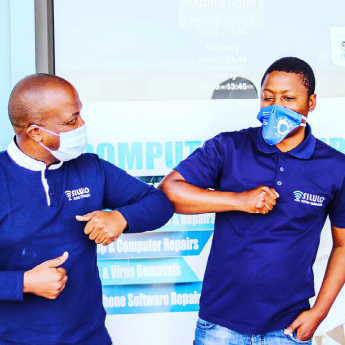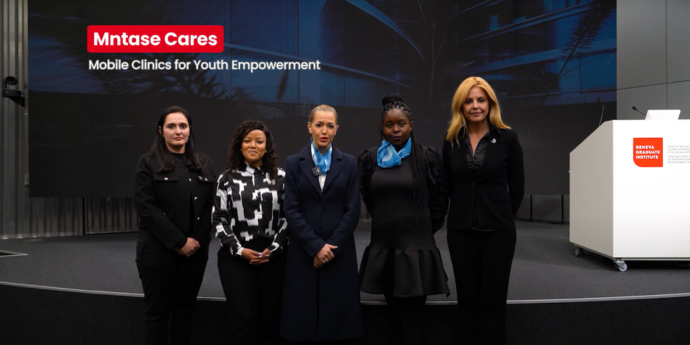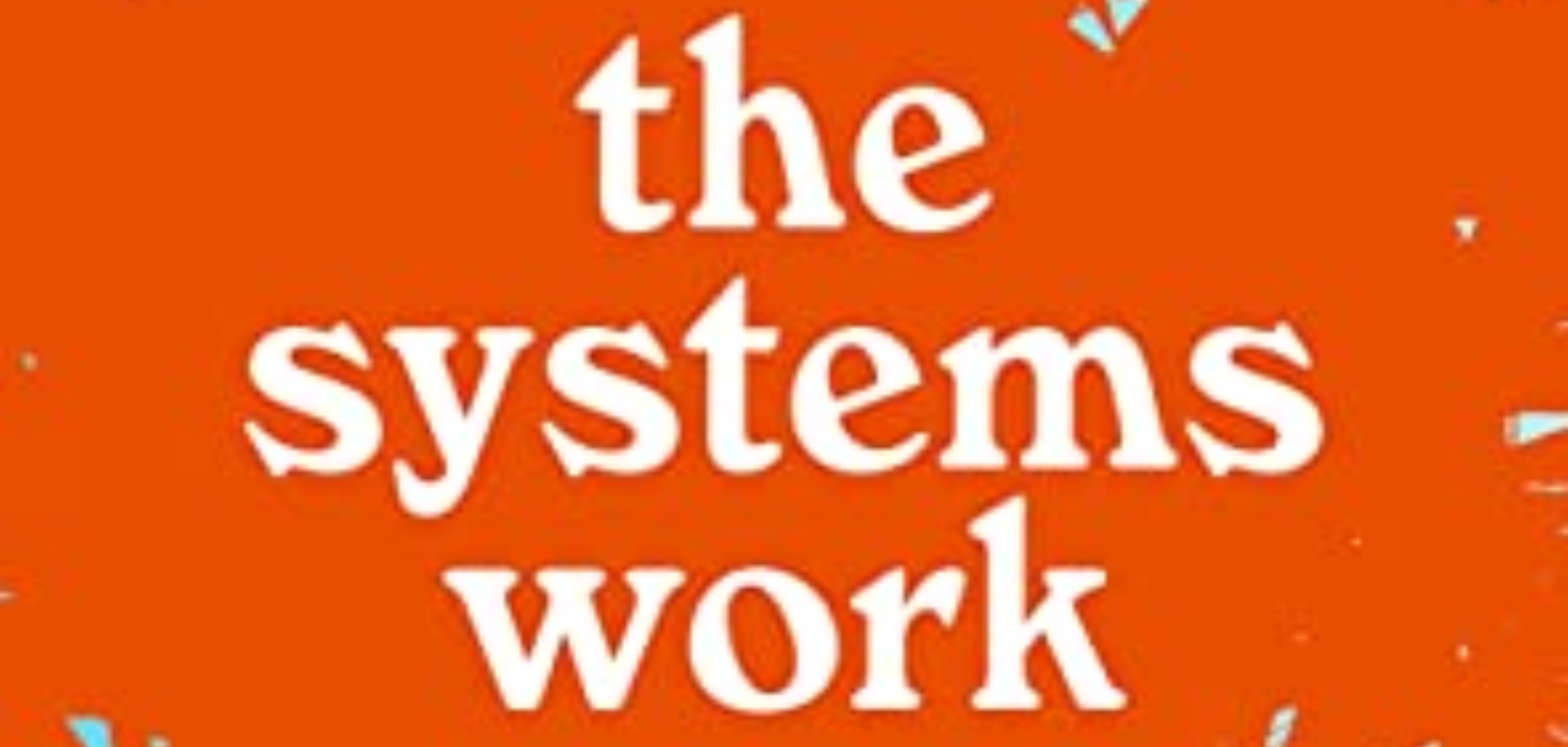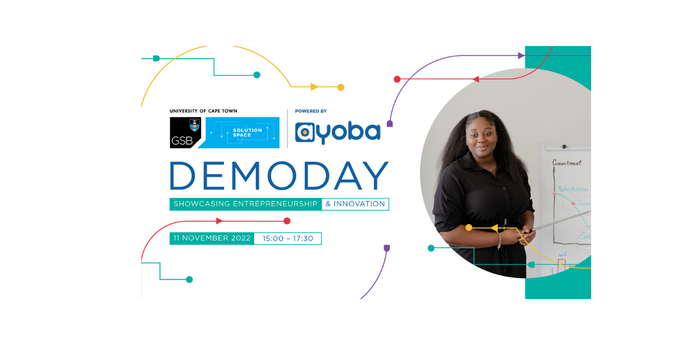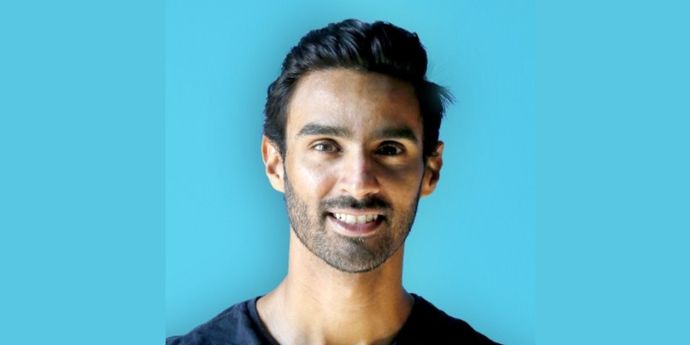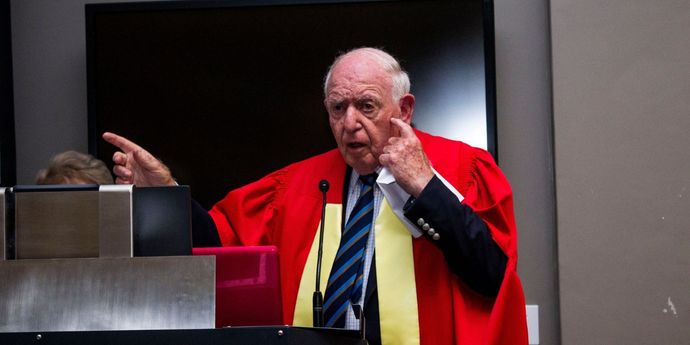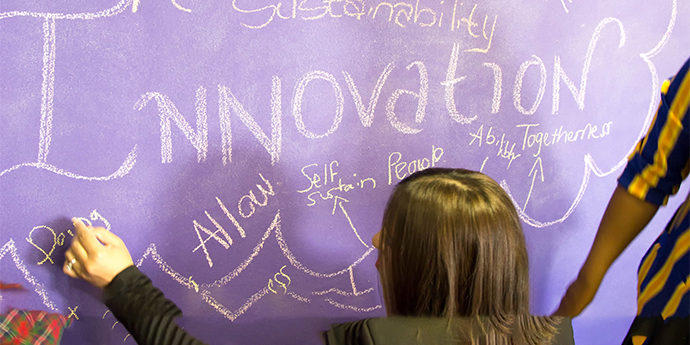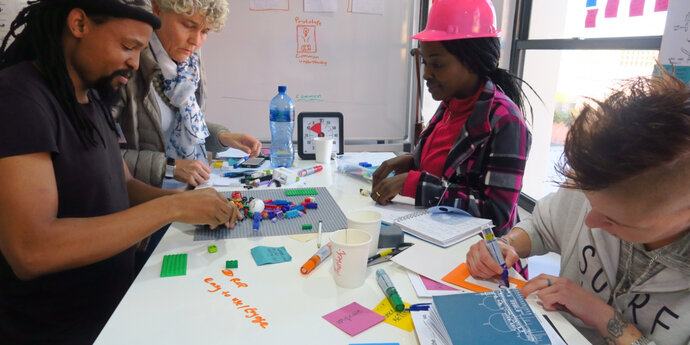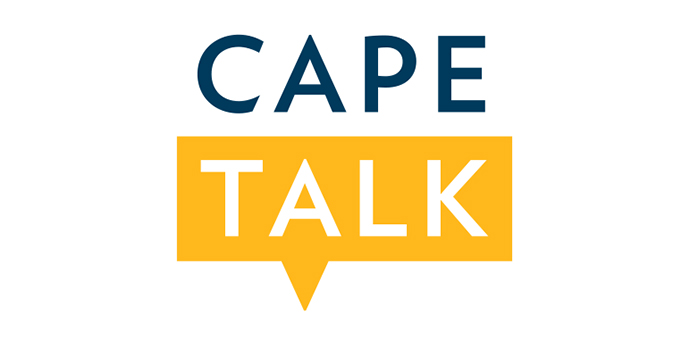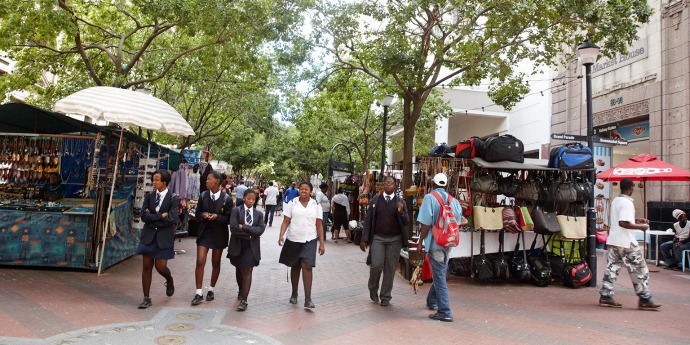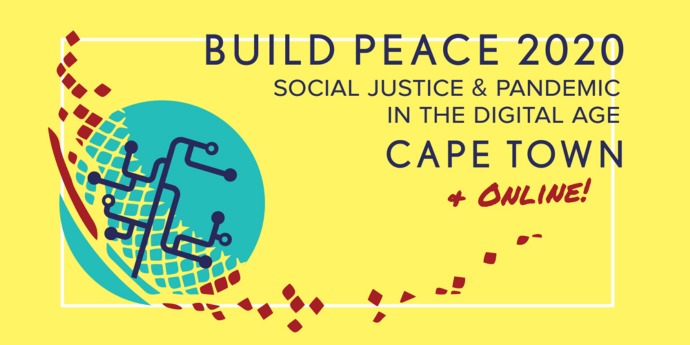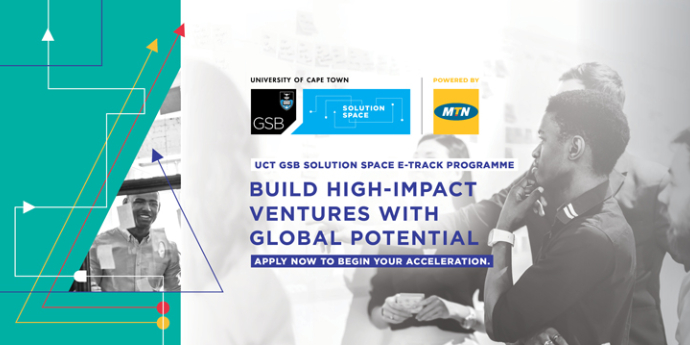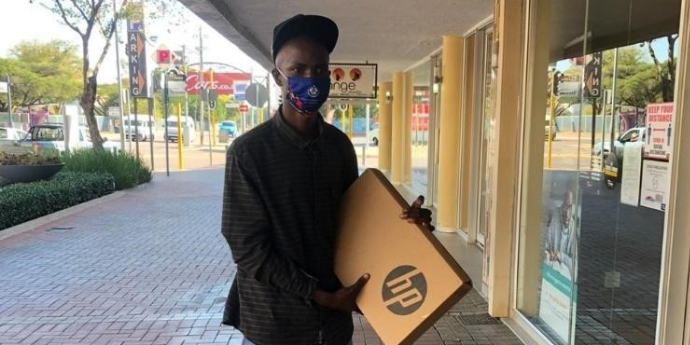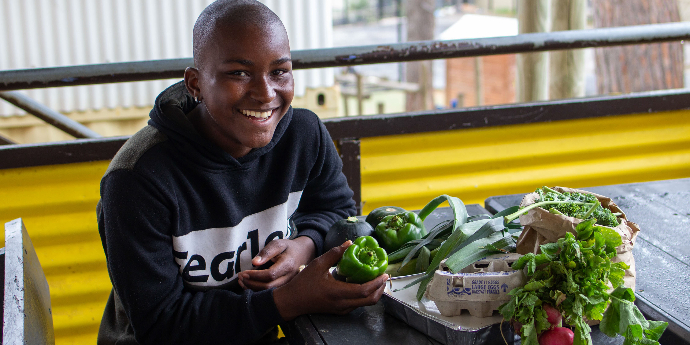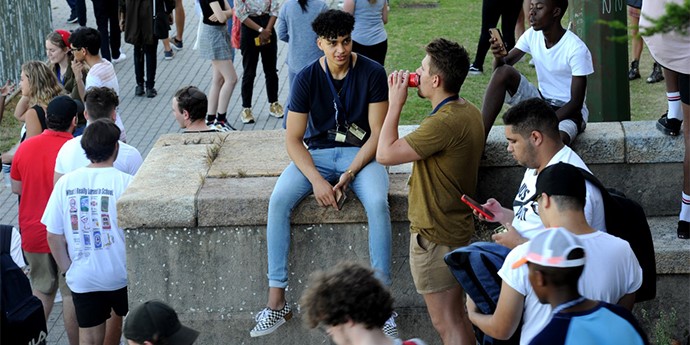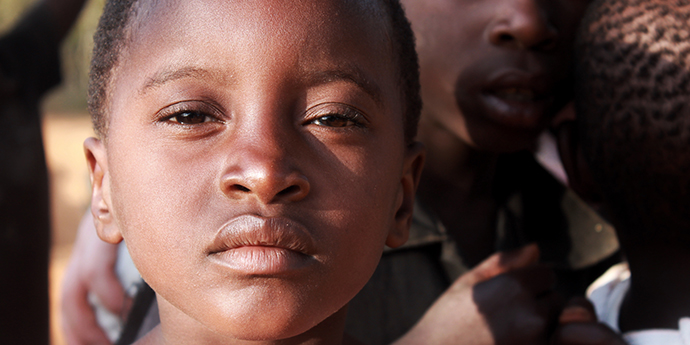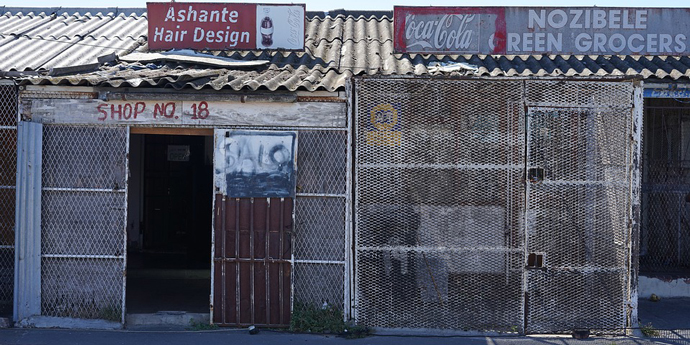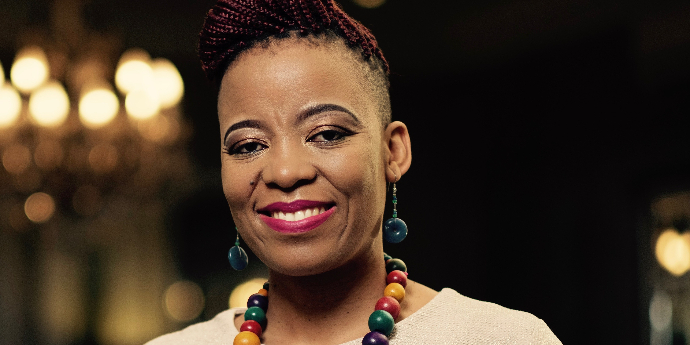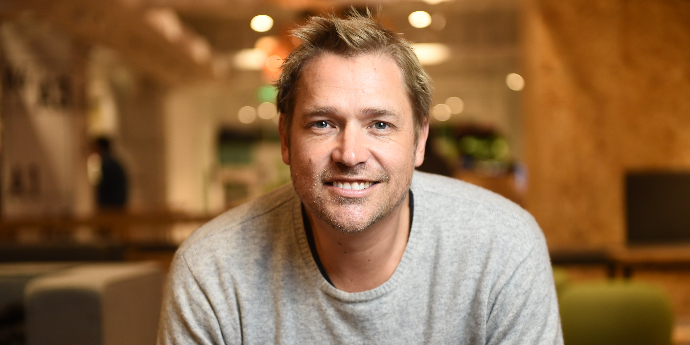They should be the engine driving the nation’s economy, society and democracy, but young people in South Africa are more likely to be unemployed and living in poverty. It’s an untenable situation that has been made worse by COVID-19.
The pandemic has struck the already struggling global labour market a grievous blow, affecting young people more than other age groups. In 2020, youth employment (defined by the International Labour Organization as those under the age of 25) fell by 8.7%, compared with 3.7% for adults, with the drop much more pronounced in middle-income countries, such as South Africa and Brazil. The impact of lockdown measures further constrained young people from pursuing education and training, and curbed their efforts to seek employment, increasing the number of NEETs (Not in Education, Employment or Training) and stifling their potential for years to come.
In South Africa we don’t even need the statistics to tell us how dire the situation is. We can see it with our own eyes on street corners and in underserved communities as young people have their futures stolen away from them before they have even really begun.
There is no shortage of initiatives designed to get youth into work, from the government’s employment tax incentive (ETI) that incentivises the private sector to hire more young people to training and support offered by NGOs. But the unemployment numbers just keep getting worse. This is because youth unemployment is a “wicked problem” that is shaped by a myriad of issues. And it is unlikely to be solved unless it’s approached systemically.
We need a holistic view and coordinated action between the government, private sector, and the education system, to create opportunities that will ultimately drive social change. That is an easy sentence to read and write, but a difficult goal to get right in practice. Systems thinking can help us to make a start in the right direction.
Recognizing all the pieces of the puzzle
According to organisational design consultant and scrum master Roland Flemm, systems thinking can help because it enables us to understand the grand scheme of things, and how the parts interact. He says: “A systems thinker will not ask why is the unemployment rate so high, rather they may ask what are the historical, cultural, social, economic, and political elements that shape and inform the patterns and events that play out in the labour market. And what does this mean at the individual, social and community level.”
“Systems thinking can help to identify all of the bits and pieces of the puzzle and identify the areas that we can leverage in order to try and address the bigger problems,” adds Dr Solange Rosa, Director of the Bertha Centre for Social Innovation and Entrepreneurship at the UCT Graduate School of Business.
“If we just look at youth unemployment as an upstream factor without looking at the downstream issues around school dropouts and what's happening in the education system, then we are missing that puzzle piece. You have to look at the whole picture and try to support the different kinds of interventions from different directions,” Dr Rosa explains.
We cannot view the NEET problem, for example, in isolation. It’s not simply about a lack of job opportunities for young people – although that is a big part of the problem – education, transitions that happen between school and further opportunities, and support beyond the classroom like work experience, are also part of this picture.
Taking action in new ways
Youth Capital – a youth-led advocacy campaign -has taken this systems approach in unpacking the major systemic challenges to youth employment and drafted an Action Plan to ensure that young South Africans have the skills, opportunities, and support they need to get their first decent job. The Action Plan is a roadmap for driving holistic interventions and fortunately, we are seeing are a number of new initiatives in the youth development space that involve multi-stakeholder partnership that are trying to get to the root causes of the issue. For example, the SAYouth.mobi platform, a government data-free initiative driven by Harambee to map job and skill opportunities as well as youth programmes and get all government interventions in one place, is an important first step towards adopting this holistic Action Plan
The Yes 4 Youth programme, supported by the Presidency and corporates, a free and zero-rated platform connecting work seekers to work, learnership, learning and volunteering opportunities, is another good example. Additionally, the YD Collab, a collaborative network of organisations and individuals working to advance youth development and empowerment in South Africa, was recently set up to build a collective voice for youth development organisations and others in the ecosystem.
Academics and civil society organisations have a key role to play in supporting the shift towards a systems approach by providing relevant research and practical insights. For example, the DG Murray Trust has joined forces with the South African Labour Development Research Unit at UCT to take a systems approach to identify what young people need holistically, within their particular context, whether it is to address skills gaps, provide internship opportunities, obtain psychosocial support, or even access government services. [KDW1]
Young people are on a difficult journey. They face many systemic hurdles that they need to overcome – including healthcare, education, basic living conditions, access to data and transport. Unless we take all those factors into account in trying to help them gain meaningful employment, we are going to continue to miss the point. And the cost to our youth, and society, is too high for us to continue getting it wrong.
Luvuyo Maseko is Project Manager at the UCT Graduate School of Business Bertha Centre and Kristal Duncan-Williams, Project Lead at Youth Capital. For more on the power of systems thinking to tackle youth employment, listen to the latest episode of our “Just for a Change” podcast powered by the Bertha Centre.

